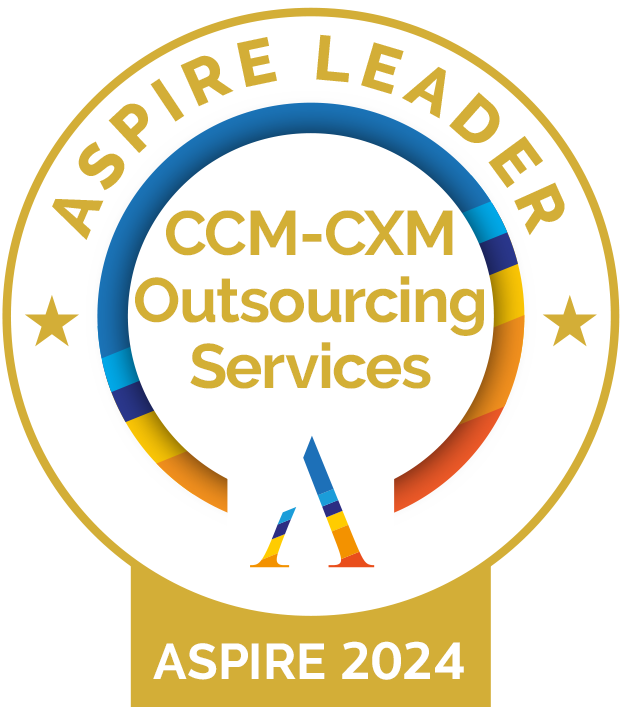Display and Retargeting
Despite the rise of other digital media channels, display advertising and retargeting remain marketing mainstays. Also known as banner ads, display ads appear on websites, in apps, and on social media channels. One of the best applications of display advertising is retargeting, which is when you target a user who has already visited your website with ads on other parts of the internet. Research shows that retargeting works much better than untargeted display ads: retargeted ads see 10X clickthrough rates on average than display ads.
Marketers are increasingly buying display advertising programmatically, which is when a machine automates the serving of ads in real-time. Insider Intelligence predicts that over 90% of all digital display ad dollars will transact programmatically in 2022. Programmatic media is one area marketers are increasingly outsourcing due to the knowledge and experience it requires and the proliferation of ad platforms through which to serve ads. In fact, of marketers surveyed by Merkle in February 2020, 45% say they currently outsource this skillset. If you’re thinking of doing the same, the most important characteristic to look for in your partner is transparency. You should know at every turn how your ad dollars are being spent and the ROI they are producing.
Paid and Organic Search
Over 90% of online experiences start with a search engine. Two-thirds of marketers feel SEO is an effective strategy for hitting their marketing goals, and there’s good reason why. Organic search traffic is a whopping 1,000% higher than organic social media, and 75% of shoppers like paid search ads because they make it easier to find the information they need.
Paid and organic search is a marketing tactic that requires deep expertise and access to SEO tools that can uncover the best keyword opportunities to pursue for your brand. If paid and organic search aren’t skill sets you have internally, it pays to outsource. The above Merkle research shows that 45% of marketers outsource search while just under 44% outsource SEO. Look for partners who can lend a hand with strategy, reporting, and ongoing optimization, and can also connect your paid and organic strategy to your overall display advertising and retargeting program.
SMS
SMS is an incredibly personal, mass-reach, and timebound advertising medium, with an average open rate of 98%+ and texts read within three seconds of receipt. It’s also an incredibly useful channel for omnichannel marketing.
While SMS engagement rates can be up to eight times higher than email, the two are great channels to consider using together. If you’re driving to a short-lived promotional offer, for instance, you can text a link to a longer email with the details to increase the chance of a user reading your message. Really, any high-urgency transactional or marketing message can be sent via SMS. What’s important to keep in mind is that your tone, messaging, and creative should be consistent across SMS and other channels with which you use. For instance, if a customer is part of a welcome email program, any SMS communications should map to their prior relationship with and experience of your brand.
SMS is governed by a number of regulations that can make compliance tricky. There are also many boxes to tick to ensure message delivery, such as character and daily send limits and keywords. Work with a trusted partner and your own in-house legal/data-privacy team to ensure your SMS strategy and communications are up to snuff.
Direct Mail
Direct mail is making a comeback and producing an average ROI 23% higher than digital channels. With offline and online channels increasingly being used together to reach consumers, direct mail can provide a great companion to email and other digital media. Research has found that leveraging the power of email, direct mail, and digital services together has a proven 30%+ lift in results. (Source: InfoTrends) You can also follow up direct mail campaigns with other digital touchpoints like social media posts and QR codes.




